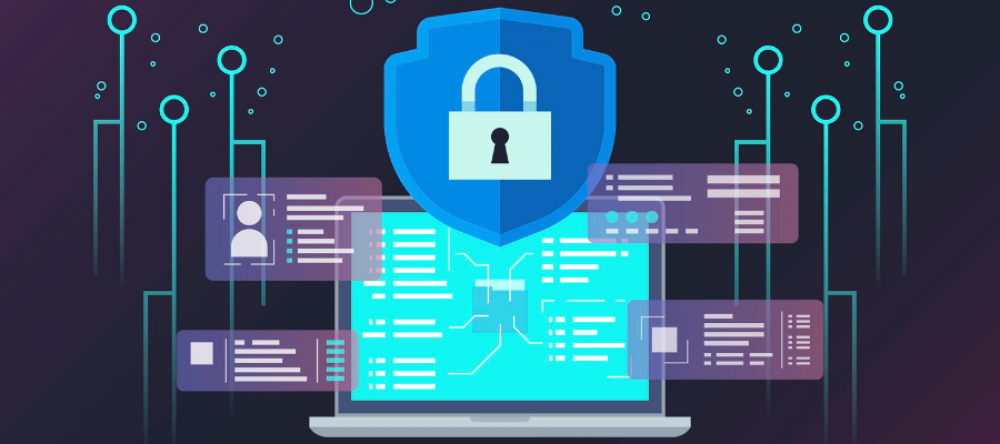
Whitelisting, Blacklisting, and Greylisting - What are They and Which is Better
A successful blacklisting strategy is a key factor in determining the security and operation of an application. In what ways do they differ from one another, if at all? What are the advantages and disadvantages of this? Which one would be the best for you to put into action?
What Is Whitelisting?
It is the process of building a whitelist of entities, apps and people that you grant access to your system, devices and assets to. By default, access is denied to everyone and everything else. Assets can only be accessed and managed by individuals on your whitelist.
If your system is large enough, your team is large enough, or the whitelist members are tolerant enough to share access, there is still a danger that anything could get through. Whitelisting, on the other hand, is still one of the most reliable methods of preventing spam.
If you want to safeguard a valuable resource, such as a database or top-secret documents, this method may be useful. However, large firms, eCommerce stores, and other organizations cannot whitelist all of their processes. It impedes their growth by decreasing the quality of the user experience, limiting their reach, and limiting their options.
Advantages
- Safe.
- Strict.
- Special.
- Privacy is maintained.
- You are aware of everyone and everything that has.
- Investigation and resolution of security breaches are easy.
Disadvantages
- Ineffective for organizations that interact with the general public.
- Maintaining can be difficult.
- Larger systems are more prone to malfunctioning.
What Is Blacklisting?
Unlike the whitelisting, the blacklisting is the complete opposite. Anti-access lists are used to block access to your system or assets by a wide range of entities, individuals, behaviors, apps, algorithms, bots, and more.
Other than that, you have full access. It's ideal for businesses who want to grow quickly, appeal to a wide audience, and require little upkeep.
In order to keep up with the ever-changing threat landscape, the blacklist must be regularly updated. Malware that exploits zero-day vulnerabilities will eventually find its way onto your machine if you don't keep an eye on your blacklist.
Advantages
- Low maintenance.
- Ensures that the system is functional.
- Doesn’t Limit your opportunities.
- Reduces the amount of resources used.
- Less work done manually.
Disadvantages
- Risky.
- Modern Malware can slip by.
- Disguise techniques can work.
What is Greylisting?
The vast majority of our devices and processes are highly convoluted and nuanced. Many of us use both blacklisting and whitelisting at the same time. There are many things that are neither blacklisted nor whitelisted in these instances. Greylisting comes into play in this situation, as you can see.
An item, person, file, application, or algorithm that you have not yet decided to ban or whitelist is on a greylist. In the meantime, they'll remain on the greylist until you decide where they belong. For systems where temporary access must be offered to newcomers, guests, or other third parties, greylists are usually beneficial.
What's the Best Fit for You?
Various portions of your system can have additional security layers of blacklisting and whitelisting added. If you're forced to make a choice, think about how your system works and which solution would be better in each category.
Blacklisting is the greatest approach if you can't mention all the operations and people you want to allow, but only a few items you need to keep out. As an alternative, you can construct a whitelist and save the credentials of only a few people who have access to your data or assets.

